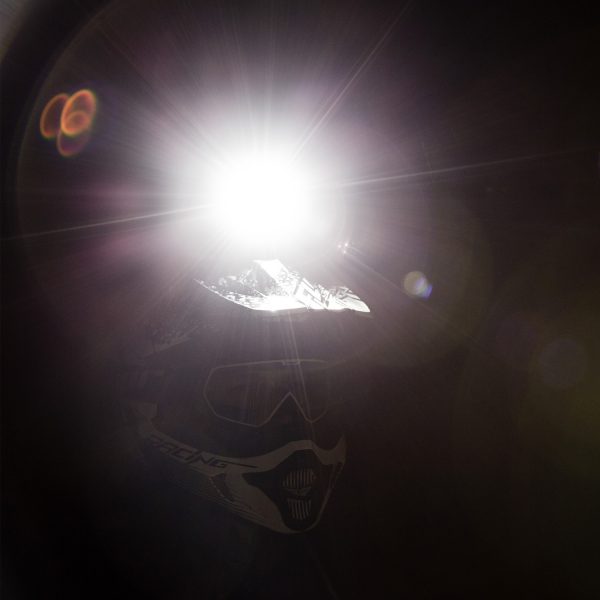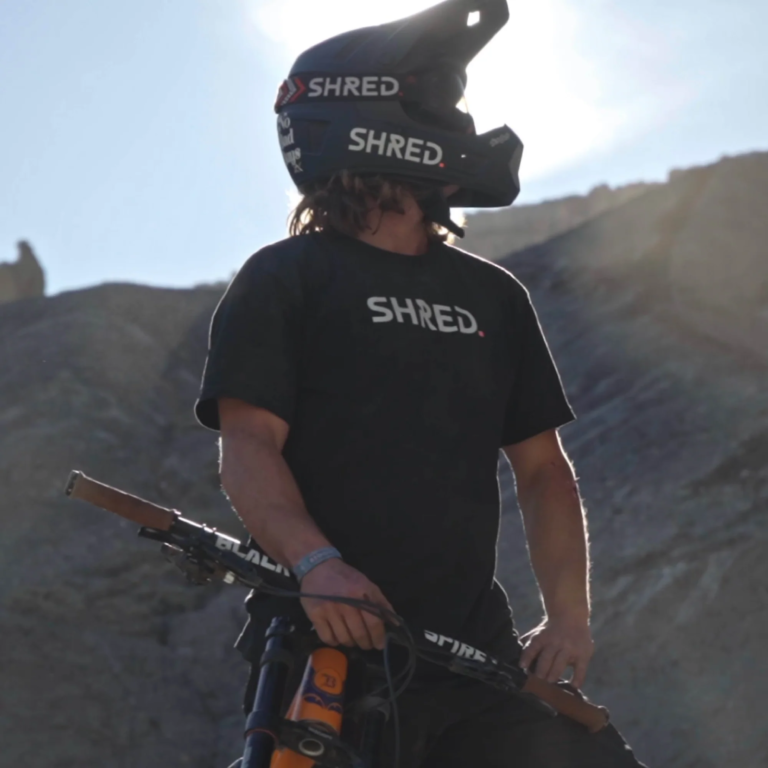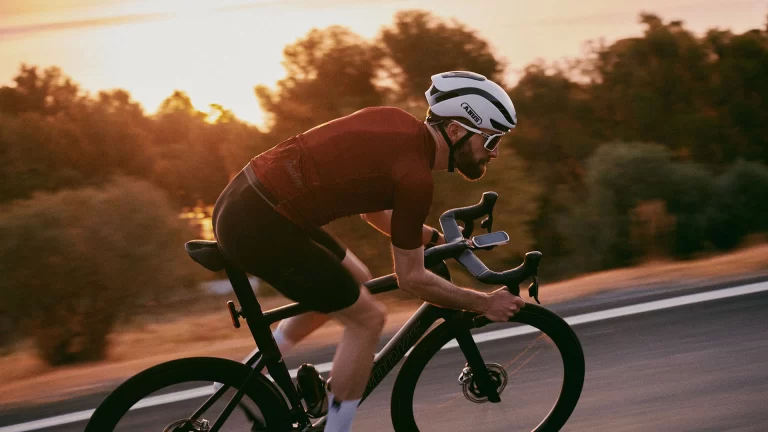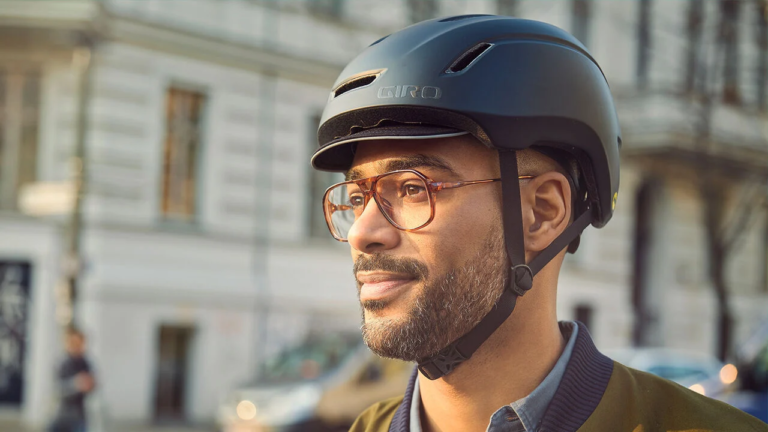Choosing the Right Helmet Size for Gravel Biking: A Cyclist’s Guide

Key Point Summary of Choosing the Right Helmet Size for Gravel Biking:
- Gravel Helmet Sizing: Finding the Perfect Match: Essential tips for measuring your head and choosing a size that ensures safety and comfort.
- Helmet Fit: Key to Comfort and Protection: Understanding how a well-fitted helmet can enhance your gravel biking experience.
- Selecting the Right Cycling Gear for Gravel Adventures: Insights into choosing helmets and gear that suit the unique demands of gravel biking.
As a seasoned cyclist with extensive experience in various disciplines, including mountain biking, gravel biking, and cyclocross, I’ve learned the importance of choosing the right equipment. And when it comes to gravel biking, where the terrain can be unpredictable and challenging, selecting the right helmet size is crucial for both safety and enjoyment. This guide is tailored for cyclists with beginner to mid-level experience, aiming to provide you with practical advice and personal anecdotes to help you make an informed decision.
Gravel Helmet Sizing: Finding the Perfect Match
Gravel helmet sizing is the first step towards a safe and enjoyable ride. Your helmet should fit snugly but comfortably. To find your size, wrap a flexible measuring tape around the widest part of your head, typically just above your eyebrows. Compare this measurement with the sizing chart of your chosen brand, as sizes can vary between manufacturers.
In my early days of gravel riding, I underestimated the importance of a properly sized helmet. On one of my first gravel rides, my loosely fitted helmet wobbled every time I hit a rough patch, which was not only annoying but also a safety hazard. It was a lesson quickly learned; helmet sizing is non-negotiable.
Helmet Fit: Key to Comfort and Protection
A well-fitted gravel bike helmet should sit level on your head and not tilt backward or forward. The straps should form a V around your ears and buckle snugly under your chin. Many helmets come with an adjustable rear dial for fine-tuning the fit. This feature was a game-changer for me, especially when transitioning from mountain to gravel biking, as it allowed me to adjust my helmet to the perfect fit, regardless of the terrain.
A helmet that fits well not only offers better protection but also adds to your overall comfort. This is crucial in gravel biking, where rides can often span several hours over varied and challenging terrain.
Selecting the Right Cycling Gear for Gravel Adventures
Choosing the right gear is integral to gravel biking. When it comes to helmets, look for those offering a good balance between the lightweight design of road helmets and the enhanced coverage of mountain bike helmets. Features like visors, ample ventilation, and MIPS technology (for added protection against rotational forces) are worth considering.
From personal experience, the versatility of your helmet matters a lot in gravel biking. On a particularly challenging gravel route, I was grateful for my helmet’s extended rear coverage, which provided extra protection during an unexpected tumble.
Personal Anecdotes and Tips
- Ventilation is Vital: On long, strenuous rides, adequate ventilation becomes crucial. A well-ventilated helmet can be the difference between an enjoyable ride and an exhausting ordeal.
- Consider Additional Features: Features like an integrated light mount or a visor can be incredibly beneficial for gravel biking, offering added convenience and protection.
Final Thoughts
Choosing the right helmet size for gravel biking is a blend of ensuring safety, comfort, and suitability for the terrain. As a cyclist who has ventured across various terrains and disciplines, I cannot stress enough the importance of a helmet that not only fits well but also aligns with the specific demands of gravel biking. This discipline combines elements of road and mountain biking, requiring gear that can handle both smoothly paved stretches and rugged, unpaved trails.
In gravel biking, each ride can be a new adventure, often bringing unexpected elements. A good helmet will protect you not just from falls, but also from the elements – be it the glaring sun or low-hanging branches on wooded trails. Look for helmets with sun visors, which I found extremely useful during my rides through varied landscapes.
Additional Considerations
- Adjustability: A helmet with an adjustable fit system is invaluable. It allows you to customize the fit based on your hairstyle or if you need to wear a cap underneath during colder rides.
- Durability: Gravel biking can be tough on gear. Choose a helmet known for its durability to withstand the rigors of off-road cycling.
- Weight: A lighter helmet can reduce neck strain on longer rides, which is something I learned to appreciate after several all-day gravel adventures.
There are several helmet models that align well with the requirements for gravel biking as discussed above. These models combine safety, comfort, ventilation, and additional features suitable for the varied demands of gravel riding. Here are a few examples:
- Giro Syntax MIPS: Known for its MIPS technology, offering additional protection, and a design that balances road and mountain bike helmet features.
- Bell Sixer MIPS: Offers extended rear coverage and MIPS technology, great for rough terrain encountered in gravel biking.
- Kask Protone: Provides a good balance of ventilation and aerodynamic design, suitable for the diverse nature of gravel biking.
- POC Tectal Race Spin: Specifically designed for trail and enduro, its features like extra protection and SPIN technology make it suitable for gravel biking as well.
- Smith Venture MIPS: A more budget-friendly option with MIPS technology and extended coverage, suitable for the unpredictable nature of gravel biking.
- Specialized Ambush Comp with ANGi: Known for its superior protection and ANGi crash sensor, providing an extra layer of safety.
Each of these helmets is designed to offer a blend of features that cater well to the mixed terrain of gravel biking, including enhanced protection, comfort, adjustability, and ventilation. Remember, the best helmet for you is the one that fits well and meets your specific needs for gravel biking adventures.
FAQ
What helmet do you wear on a gravel bike?
On a gravel bike, you should wear a helmet that offers a balance between the lightweight and aerodynamic design of road helmets and the enhanced coverage and durability of mountain bike helmets. Look for features like good ventilation, a secure fit system, and additional protection technologies like MIPS. Models such as the Giro Syntax MIPS, Bell Sixer MIPS, or Smith Venture MIPS are popular choices among gravel cyclists.
Is it better to size up or down on bike helmet?
For a gravel bike helmet, it’s generally better to size down if you’re in between sizes, as long as it’s still comfortable and not too tight. A snug fit ensures the helmet stays securely in place and offers better protection. However, make sure it doesn’t cause pressure points or discomfort.
How do I know what size bike helmet I need?
To determine the size of a gravel bike helmet you need, measure the circumference of your head just above your eyebrows using a flexible measuring tape. Match this measurement to the size chart provided by the helmet manufacturer, as helmet sizes can vary between brands. Ensure the chosen helmet fits snugly but comfortably, sits level on your head, and has adjustable straps and a dial for fine-tuning the fit to your head shape.
Concluding Thoughts
Selecting the right helmet for gravel biking is a crucial step in your cycling journey. Whether you’re navigating a winding forest path or a rocky incline, the right helmet can make a significant difference. It’s not just a piece of equipment; it’s an essential part of your safety and comfort on the bike. Take your time, do your research, and choose a helmet that meets your needs for protection, comfort, and style.
So, gear up, choose wisely, and let the adventure begin. Safe travels on the gravel roads!
John






